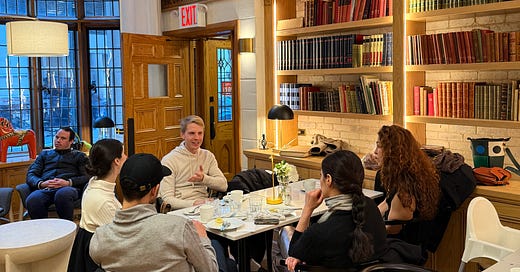The Way You Show Up in Conversations Matters
Recently, I’ve noticed something about the way people enter discussions. Some contribute seamlessly, adding depth without overwhelming the conversation. Others, whether intentionally or not, hijack the discussion—dominating the space, shutting down alternative viewpoints, or derailing the flow.
The ability to enter a conversation, contribute meaningfully, and leave space for others is a skill. And like any skill, it can be learned.
The Conversation Killers
There are those who step into discussions with strong opinions, often fueled by conviction—but sometimes by insecurity. They might not realize it, but their approach can have one of two effects:
They sabotage or hijack the conversation. Their opinions become the sole focus, forcing the discussion into a narrow lane dictated by their perspective.
They kill the conversation. By speaking in a way that feels definitive and absolute, they leave no room for others to add or challenge ideas, leading to silence, or forcing others to counter with even stronger perspectives (which results in escalation)
In both cases, what could have been an engaging, evolving discussion turns into a monologue or a dead end. The effect they have on others is alienation, not inclusion.
The Conversation Enablers
Then, there are those who know how to present ideas with confidence—without dominating the conversation. They share their thoughts, even strong opinions, in a way that invites others to engage. Their language is intentional, leaving space for differing perspectives to occur.
What do they do differently?
They frame ideas as personal experiences rather than universal truths. Instead of saying, “This is how it is,” they say, “This is something I’ve experienced.”
They acknowledge that others might see things differently. A simple phrase like, “But I understand other people might feel differently about this” keeps the door open for new ideas.
They allow thoughts to remain unfinished. Saying “But I’m curious what others think” invites others to build upon them creates an ongoing exchange rather than a dead-end statement.
The Conversations That Flourish
These are just some examples of how one can present their ideas, but the underlying intention here is to not make it about themselves or to not present ideas as a universal truth, but to accept that other realities, perspectives and experiences can (and do) exist.
The next time you step into a conversation, ask yourself: Am I adding to this discussion in a way that leaves room for others? Am I speaking with confidence but also with curiosity? The best conversations aren’t won; they’re built together.





